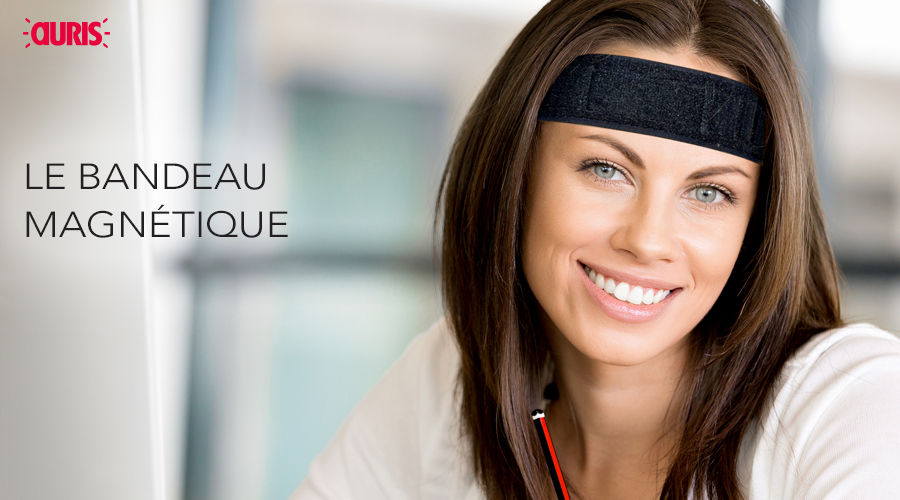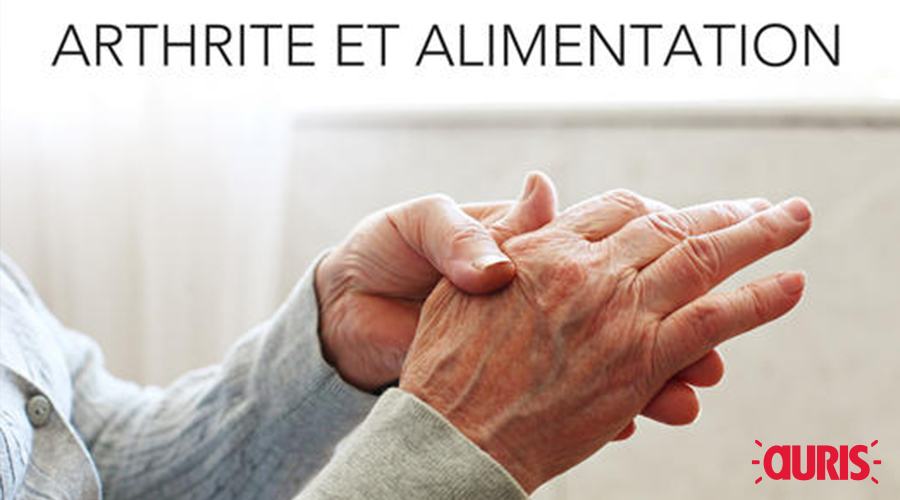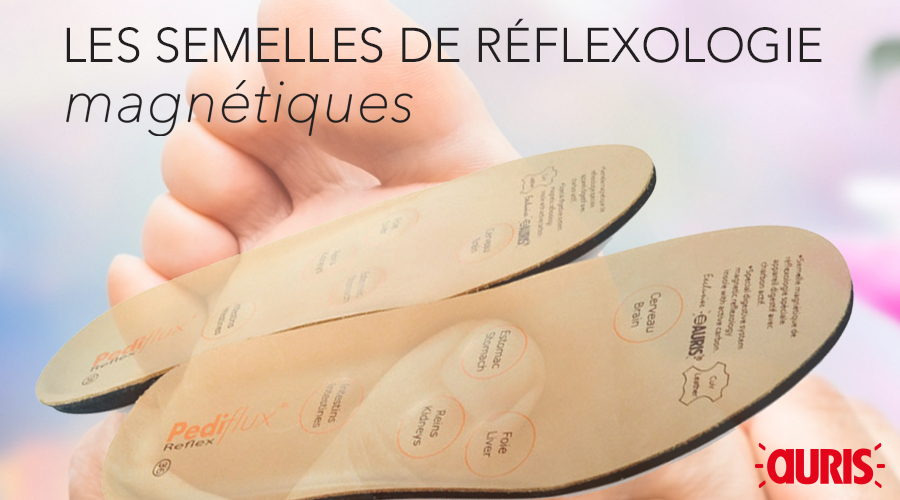Which fruits boost your immune system?
In winter, we're not immune to catching a bad cold or flu. Here are the fruits that can help boost our immune system and protect our bodies from external aggression.
- Grapefruit: contains ascorbic acid, which acts as a powerful antioxidant. According to a study published in 2019, eating grapefruit also reduces the risk of cardiovascular disease and certain cancers.
- Orange: rich in vitamin C (47.5mg/100g), it supports the immune system, boosts antioxidant defences and protects against winter ailments such as colds and sore throats.
- Pear: stimulates intestinal transit. In particular, it has laxative properties that help relieve chronic constipation. They are also rich in minerals such as phosphorus (15.4mg/100g), potassium (132mg/100g) and magnesium (8.23mg/100g).
- Cranberries: also known as cranberries, are small berries that contain beta-carotene. This precursor of vitamin A has antioxidant properties that help combat cell ageing and oxidative stress.
- Pomegranate: acclaimed for its anti-inflammatory properties, it is thought to have beneficial effects on chronic inflammation, the main cause of diseases such as heart disease, cancer and type 2 diabetes.
- Kiwifruit: aids digestion thanks to its high fibre content and actinidin, a natural proteolytic enzyme that breaks down proteins and aids intestinal transit.
So much for the Programme National Nutrition Santé, which recommends eating 5 portions of fruit and vegetables a day.
Tip: place your fruit on the Auris magnetic tray and it will magnetise the water it contains to improve assimilation.

Headache or migraine: that's the question...
Headaches disappear on their own or after taking an analgesic, whereas migrainesseverely affect daily life, affecting 7% of men and 18% of women. Headaches fall into 3 categories:- Tension headaches: occasional or chronic headaches of mild to moderate intensity, causing neither nausea nor vomiting.
- Vascular headaches: these can occur every other day and last from a few minutes to a few hours. The pain is very intense, penetrating but not throbbing, and is located on one side of the head. Tears, congestion and sweating may accompany the pain.
- Migraine: occurs from once a year to three times a day. Moderate to severe pain, lasting from a few hours to a few days. Pulsatile (feeling like a heart beating in your head), it is located on one side of the head and is often accompanied by nausea, vomiting and hypersensitivity to sound and light.
In magnetic therapy, the Auris magnetic headband, applied at an early stage, is highly effective against migraine and headaches.

Does diet have an effect on joint pain?
The answer is clearly yes. In cases of inflammatory joint pain (arthritis), diet is an important factor that can contribute to joint inflammation. Some foods are known to be highly acidifying and therefore pro-inflammatory, while others, which are alkaline, are beneficial. So adopting an anti-inflammatory diet is essential.
Here are the 5 worst types of food to avoid for osteoarthritis:
- Refined sugars
- Processed foods: white bread, white sugar, white flour, etc.
- Red meat and cold meats: prefer white meat and fish (preferably oily, as they are rich in omega-3, a fatty acid that is beneficial in countering joint inflammation and cartilage degeneration).
- Fried foods: chips, crisps, potatoes, chicken, fish, etc.
- Fruit juices and soft drinks.
Recommended foods :
- Olive oil, rich in omega 3.
- Oily fish for selenium and zinc.
- Red fruit, full of antioxidants.
- Cruciferous vegetables for fibre and vitamin K.
- Ginger.
- Flaxseed for essential fatty acids.
For joint pain, think of magneto-active textiles with the new organic cotton range, not forgetting the importance of hydration, in particular with magnetised water to optimise drainage.

Auris magnetic reflexology insoles
Foot or palm reflexology offers deep relaxation, repair and prevention. It can be adapted to individual needs and offers a different and complementary approach to allopathic medicine.Foot reflexology is by far the most widely practised. It is based on a very precise mapping of the human body. All the internal organs are found mainly on the underside of the foot, with the spinal column on the inside edge of the foot, on the big toe side. The left foot contains the organs of the left half of the body (spleen, etc.), while the right foot contains the organs of the right half (liver, gall bladder, etc.). On both feet are the even-numbered organs (kidneys, lungs, etc.) and the organs in the middle of the body (heart, stomach, etc.).
Auris reflexology insoles incorporate neodymium magnets judiciously placed between their leather top and activated charcoal bottom on important points linked to the digestive system.

